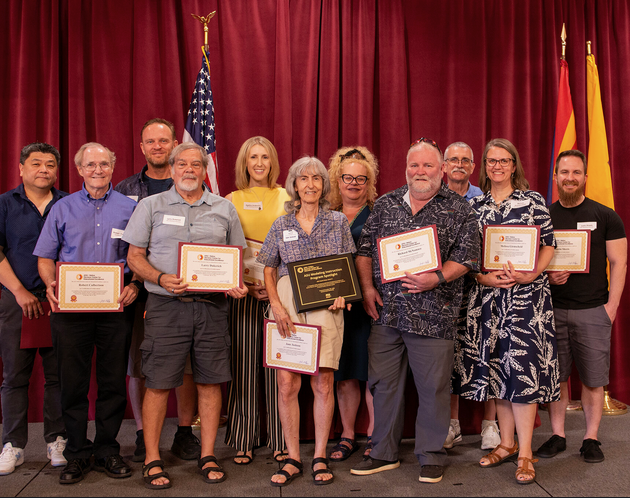The effectiveness of Modeling Instruction in enhancing student learning of physics is being continuously evaluated with well-established standardized instruments. Chief among these instruments is the Force Concept Inventory (FCI). The FCI assesses the effectiveness of mechanics courses in meeting a minimal teaching performance standard: to teach students to reliably discriminate between the applicability of scientific concepts and naive alternatives in common physical situations. Questions on the FCI were designed to be meaningful to students without formal training in mechanics.
The FCI has consistently shown that students bring into their physics courses a wide array of naive beliefs about the motion of physical objects that are incompatible with Newtonian theory. Figure 1 summarizes data from a nationwide sample of 7500 high school physics students involved in the Modeling Workshop Project. The average FCI pretest score is about 26%, slightly above the random guessing level of 20%, and well below the 60% score which, for empirical reasons, can be regarded as the threshold for understanding Newtonian mechanics.

